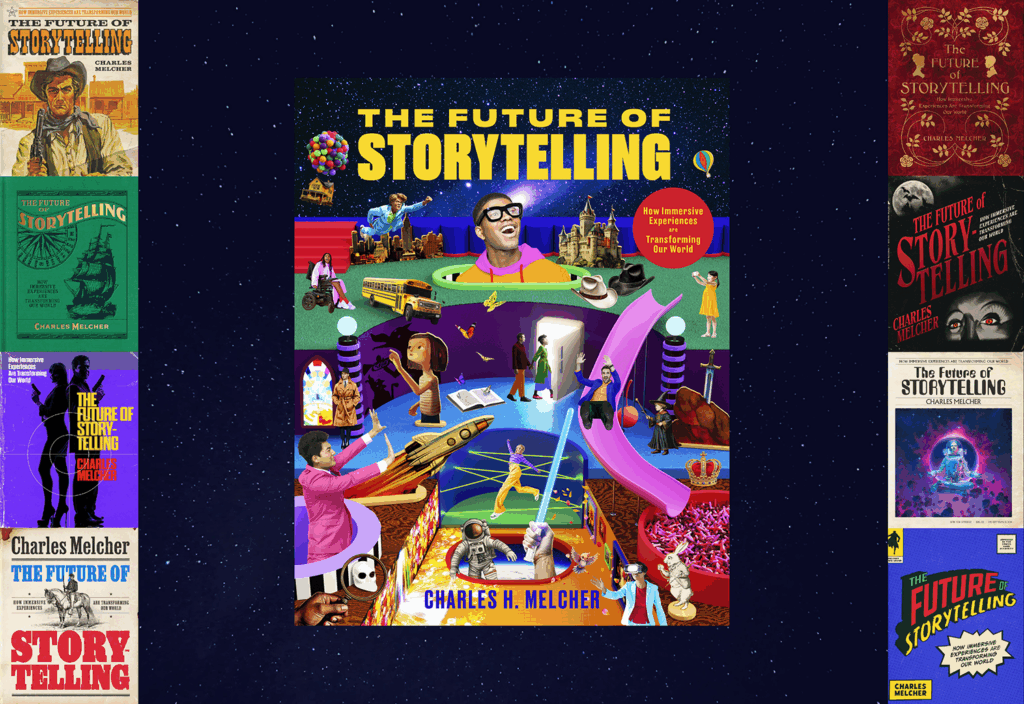This week's question: With today's younger generation more accustomed to e-mail, mobile, etc. what do you think about the viability of direct mail lists long-term?
Our current panel features Erik Formica of FMI Inc., Jackie Kern of Main Street Direct, Jeff Kobil of LDS Group Inc., Lee Kroll of Kroll Direct Marketing Inc., Chaim Lazar of Net60 Llc, Kraig Prange of Acton International Ltd. and Adrea Rubin of Adrea Rubin Marketing Inc (Would you like to be considered to be a member of our roundtable? Contact Larry Riggs at larry.riggs@penton.com.)
Erik Formica, account director, FMI Inc.:
Direct mail lists will be viable long-term because the mail is still the only way of guaranteed delivery to an individual. E-mail filters get more sophisticated every day and many messages, sometime unintentionally, get caught in these filters and the message is never seen. Because the younger generation is so accustomed to digital communication, the physical mail is actually a great way to get their attention as something different. Direct mail lists also provide a great deal of demographic information that allows marketers to more accurately target prospects.
Jackie Kern, managing director, Main Street Direct:
Despite recent trends, we believe direct mail will continue to be an important part of the marketing mix for as long as people open their mailboxes. However, it will take an increasingly clever and adaptive marketer to manage a proper balance between traditional and online media. As fewer dollars are budgeted for direct mail and more are moved to digital channels, the U.S. Postal Service has responded with consistent increases in postal rates to make up for its budgetary shortfalls. These new rates have made it more difficult for marketers to justify direct mail which has perpetuated the postal system’s shortfall. Fortunately, with less mail being sent, the mailers that are active draw more attention from their prospective customers and response rates are on the rise. As a result of this dynamic, direct mail is enjoying something of a renaissance. As response rates rise, so too does the viability of direct mail.
Jeff Kobil, Co-CEO, LDS Group Inc.:
I'm not sure how one defines long term. But I think that direct mail will always be viable. It is clearly sharing more space with digital media and is kind of thought of as old school, but direct mail still continues to be an important and profitable source for many direct marketing segments.
Our company, for example, does a fair amount of business in publishing and fundraising and direct mail is still very important to our clients. Plus, direct mail is not only for acquisition. For the most part, direct marketers are dealing with customer files that were built off of direct mail acquisition efforts. With the abundance of data and the advent of coops and modeling, mailers can and should be taking advantage of improved house name selection, expire reactivation, along with campaign, renewal and donor optimization direct mail.
Lee Kroll, CEO, Kroll Direct Marketing Inc.:
There is an essential need for the new emerging channels to utilize data and the decades of experience and talent from the "traditional" direct marketing arena. No matter where data is being sourced from, tighter and more targeted campaigns need to be employed. The use of lifestyle enhancements, modeling and multi-channel data points need to be utilized and monetized properly. Nobody wants to send out or receive offers that are not relevant to them. Just because the offer may not be sent out in a printed form doesn't mean that there isn't a cost factor attributed to the campaign.
Chaim Lazar, president, Net60 llc:
I feel that there will always be a core group of consumers who will respond better to a direct mail piece then an e-mail or banner ad.
Kraig Prange, president, Acton International Inc.:
Mailing lists in one form or another will continue play a part in marketing programs for many years to come. While it is true the "younger generation" will never peruse their mailbox for that perfect-offer to which to respond, they will however, respond to other media which at some point generates a mailing list. I do believe the way lists are generated and the types of offers/packages produced are already changing to meet conditions in today's marketing environment.
Adrea Rubin, CEO, Adrea Rubin Marketing Inc.:
It is definitely a digital world. The internet has changed the letter R in Relationship. Whether the youth of today uses Twitter, Facebook, or their iPhone they have defined their own way of communicating and making buying decisions.
Whether one is young or mature, the options for making a purchase are call, click, or write today. The multicolored world will include direct mail as a viable medium. The consumer is bombarded with messages each day from a variety of sources. As long as mailers continue to prospect through direct mail and make their customer lists available for rental, direct mail will survive. Young consumers still receive catalogs from J. Crew, Victoria's Secret and Abercrombie & Fitch. While the original source may be direct mail or drive them to the Web with a personalized URL, direct mail is not wasted on the youth of today. Direct mail may be considered alternative media by some but its relevance as a marketing channel remains.



